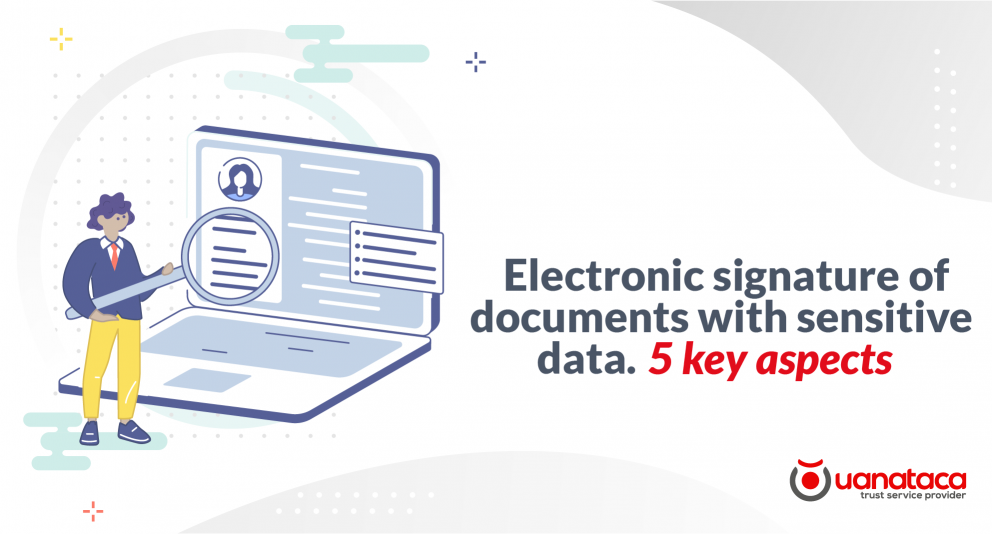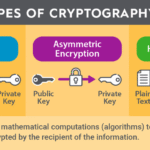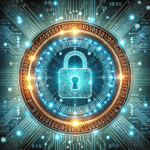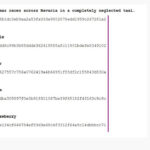In the contemporary digital landscape, the discussion surrounding electronic signatures frequently revolves around their functionality and security in relation to sensitive documents. As businesses evolve, the necessity for efficient methods of document authentication becomes paramount. A pivotal question emerges: Can electronic signatures genuinely uphold the integrity and confidentiality of sensitive information?
To delve into this inquiry, one must first comprehend the nature of electronic signatures themselves. These signatures, defined as data in electronic form that is logically associated with other electronic data, offer a legally binding alternative to traditional handwritten signatures. However, the implications of utilizing such technology for documents laden with sensitive data necessitate a comprehensive evaluation.
The allure of electronic signatures is rooted in their efficiency. Traditional methods often involve cumbersome processes: printing, signing, scanning, and subsequently resending documents. In stark contrast, electronic signatures facilitate instantaneous transactions, maximizing productivity. This paradigm shift could be perceived as a boon to organizations grappling with high volumes of documents requiring authentication.
Nevertheless, the integration of electronic signatures into processes involving sensitive information demands meticulous scrutiny. The peril of data breaches looms large, with cybercriminals perpetually on the prowl for vulnerabilities. Consequently, the secure handling of sensitive documents becomes non-negotiable. As organizations contemplate transitioning to electronic signatures, they must first assess the underlying security measures enacted by the technology used.
Several layers of security accompany electronic signature technology. Encryption stands as the foremost line of defense, converting sensitive information into an unreadable format. This process ensures that, even if intercepted, the data remains protected. Moreover, many electronic signature platforms employ advanced authentication methods. Multi-factor authentication serves as an additional hurdle for potential intruders, demanding multiple forms of verification from signers, thus reinforcing security even further.
Moreover, the integrity of the signed document is preserved through the implementation of hashing algorithms. These methodologies produce unique digital fingerprints for documents, enabling any alterations to be detected instantly. If even a single character is modified post-signature, the signature becomes invalid. Such mechanisms foster an environment of trust, as parties can be assured of the document’s authenticity.
On the other hand, one must acknowledge inherent vulnerabilities that persist despite these precautions. The complexity of technology can often lead to misconfigurations or user error. A lapse in adopting robust security protocols can render even the most sophisticated electronic signature systems ineffective. Thus, organizations must commit to comprehensive training, ensuring that all stakeholders understand the significance of safeguarding sensitive information during the electronic signing process.
The regulatory landscape surrounding electronic signatures further complicates their usage for sensitive documents. Various jurisdictions have established legal frameworks to govern the validity of electronic signatures. In the United States, the Electronic Signatures in Global and National Commerce (ESIGN) Act and the Uniform Electronic Transactions Act (UETA) provide foundational support for the use of electronic signatures. However, compliance with sector-specific regulations, such as the Health Insurance Portability and Accountability Act (HIPAA), is critical when dealing with sensitive personal data. Thus, organizations must navigate a labyrinth of legalities before fully embracing electronic signatures.
Even with potential hurdles, the benefits of electronic signatures for sensitive documents may eclipse their drawbacks when implemented judiciously. The promise lies in increased speed, enhanced user experience, and decreased reliance on paper. The ecological implications of transitioning towards a paperless environment should not be overlooked. Numerous industries are now recognizing the significance of reducing their carbon footprint, and electronic signatures offer a viable pathway towards sustainable practices.
Moreover, the proliferation of mobile technology has irrevocably altered how individuals interact with documents. Today, more stakeholders might access sensitive documents remotely—a factor that electronic signatures acknowledge. With mobile-compatible solutions, users can seamlessly sign documents at their convenience, rendering the process both user-friendly and flexible.
The intersection of technology and sensitive information thus paints a complex but promising picture. Organizations that adopt electronic signatures for sensitive documents can harness a powerful tool, but vigilance remains essential. It entails a dual focus: bolstering technological defenses while fostering an informed organizational culture that prioritizes data integrity.
In conclusion, the encounter of electronic signatures with sensitive documents presents both an opportunity and a challenge. The capacity to optimize efficiency while ensuring security can catalyze a revolution in document handling practices. Nevertheless, the effectiveness of electronic signatures hinges on a commitment to stringent security measures and compliance with regulatory standards. The future of document handling beckons for a nuanced understanding of this technology—one that recognizes its potential while cloaking sensitive information in the protective layers it necessitates.









Leave a Comment